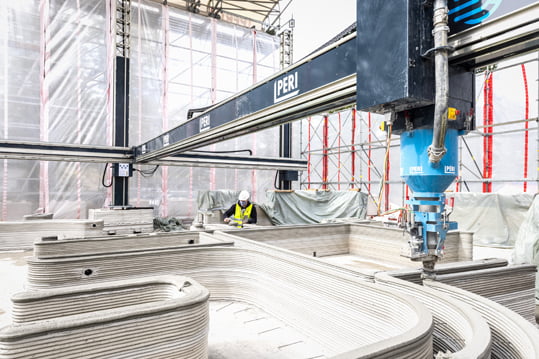
So far, three-dimensional printers have been associated with the construction of small-sized objects; although such techniques are also being developed for house construction.
Quite “ahead” in the field of robotics, artificial intelligence and 5G communications, the Chinese state recently announced the construction of a 180-meter-high hydroelectric dam in Tibet, with minimal direct human labor. The dam will be constructed using robotic excavators, trucks and bulldozers, three-dimensional concrete printer, via control by artificial intelligence algorithms.
Does such a project signal the beginning of the end of human labor in construction? Yes and no. Yes, from the perspective that many specialties, especially in large-scale construction, could indeed be replaced by robots and related systems in the future. No, because other specialties are created (in teleoperation, in the construction and maintenance of robots, in communications, in programming), which of course do not resemble classical construction specialties at all.
For now, the Chinese state/capital, which does not suffer at all from a lack of cheap labor in traditional construction specialties, either unskilled or specialized, is demonstrating capabilities in cutting-edge technologies. For competitors to burst…
